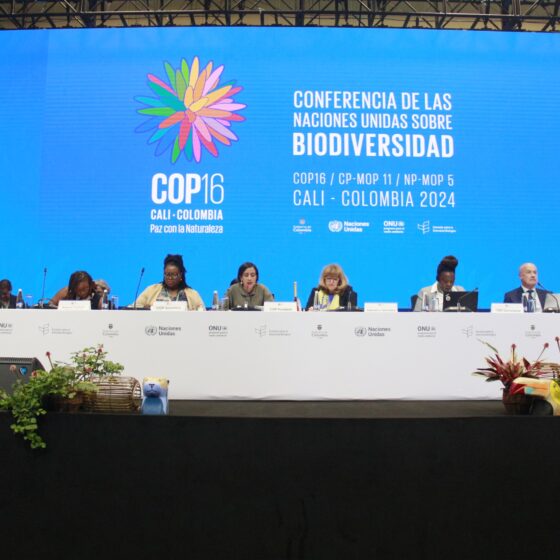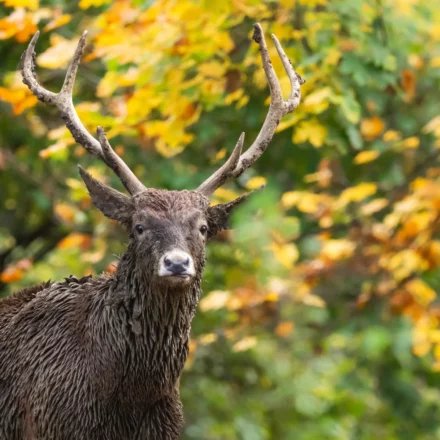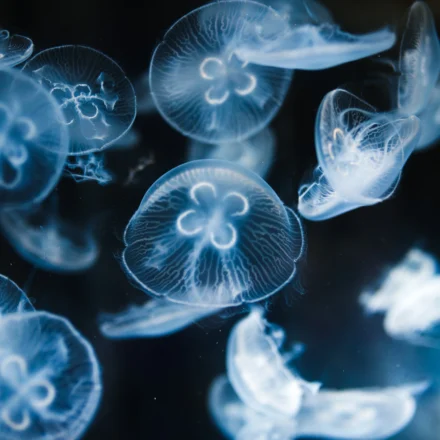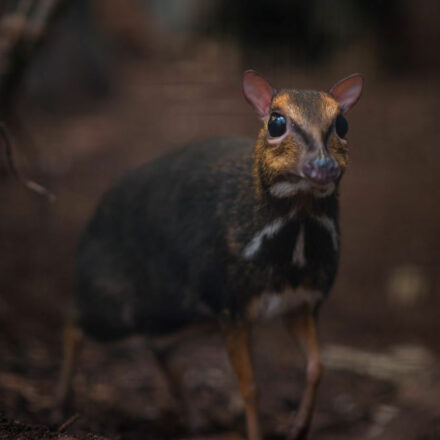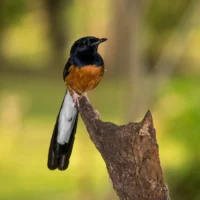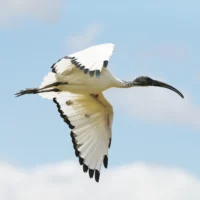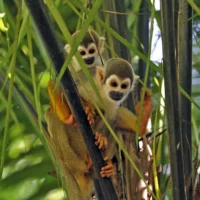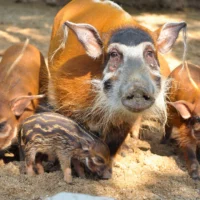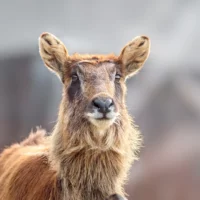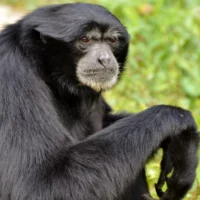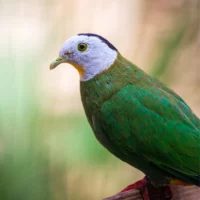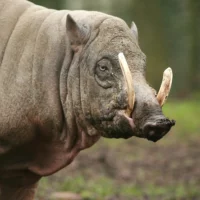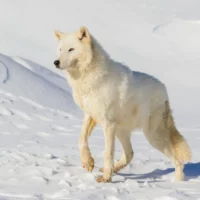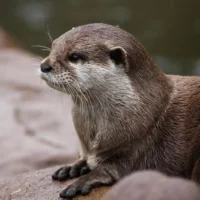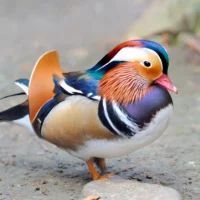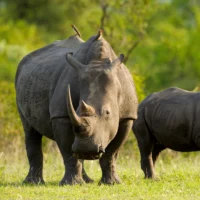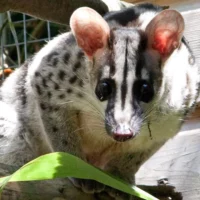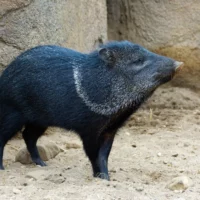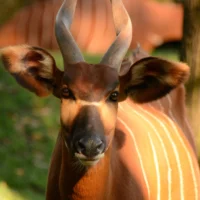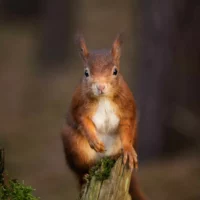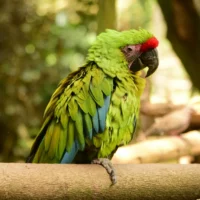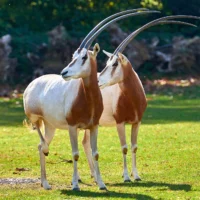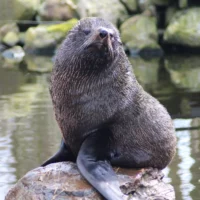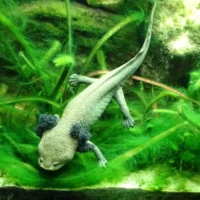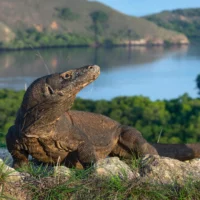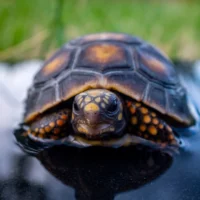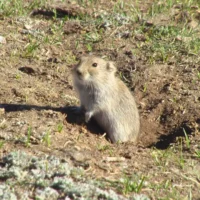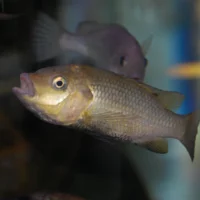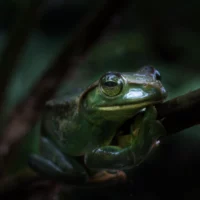COP16 held in Cali, Colombia came to a close on November 2nd, 2024. Following the creation of the Kunming-Montreal Global Biodiversity Framework (KMGBF) in 2022, which set out the ambitious aim to conserve 30% of the world’s land and ocean and to become ‘nature-positive’ by 2030, the conference was intended to mobilise action to reach these targets.
Progress
The creation of a new permanent body within the Convention on Biological Diversity (CBD) to represent the interests of indigenous peoples is a historic move. This formal acknowledgement of their role in protecting biodiversity has been long-awaited, as indigenous peoples are custodians of around 80% of the world’s remaining biodiversity. This is a hopeful step that, moving forward, their voices will be an important part of future conservation decisions.
An agreement was reached on Digital Sequence Information (DSI) to encourage fairer use genetic information obtained from the natural world. The Cali Fund was established to provide an avenue for the sharing of commercial gain as a percentage of profit or revenue to be directed back into the protection of natural resources. However, as the contributions to this fund will be entirely voluntary, the effectiveness of this system is yet to be determined.
An important agreement was also reached on how to identify ecologically or biologically significant marine areas. This means that conservation efforts can be effectively targeted towards areas of the ocean which are identified to be the most vulnerable.
Stumbling blocks
The most widely discussed shortfall of COP16 has been the lack of funding mobilisation to action important conservation interventions. Unfortunately, the pledges received by the participating countries demonstrate a massive shortfall in comparison to the agreed target of the KMGBF to ‘mobilize $200 billion per year’ for biodiversity. In total, $163 million was pledged in grant-based funds. From a UK perspective, it is encouraging to note that the UK has demonstrated leadership in this area, having pledged $58 million.
A motion to create a global fund for conservation in developing nations was also blocked by wealthier nations. The lack of agreement on key financial decisions, and the lack of time given to properly negotiate these matters, means that further development of funding mobilisation will be postponed until next year.
It is disappointing that funding, which is at the core of all conservation work, is lacking in the areas of the world which could have the greatest impact on protecting biodiversity. Without proper support and resources, many of the targets set out in 2022 will sadly remain aspirational rather than realistic.
Ultimately, nature cannot be run on our timeline. Action and mobilisation of funding are needed urgently and must be prioritised. Conservation needs to be supported at multiple levels by funding projects which work effectively together to tackle biodiversity decline from multiple angles.
Debbie Rolmanis, Chief Operating Officer of Nature’s SAFE, spoke on the outcomes of COP16:
“As the COO of Nature’s SAFE, I cannot stress enough the urgency for action following the outcomes of COP16. For too long, we’ve seen grand commitments made without the necessary follow-through to drive real, on-the-ground impact. Now is the time to channel our resources and energies toward actionable, meaningful conservation work that can genuinely halt biodiversity loss and preserve genetic diversity. Our focus must be on mobilising substantial funds to safeguard irreplaceable wildlife and fragile ecosystems before it’s too late. It’s time to bring nature to the top of the agenda for businesses, and it’s time for our governments to take action where it’s most needed.”
We also echo the sentiment of James Biggs, Director, Conservation & Population Management at Zoo and Aquarium Association Australasia, in his statement to the Parties about the role of zoos and aquariums in global conservation:
“The world must stop monitoring to extinction. Delaying action until species are on the precipice of extinction makes recovery far more difficult and costly. Engaging [zoos and aquariums] when populations are still viable and before species reach perilous thresholds gives those species a much greater chance of survival. A chance to thrive.”
Next steps
We hope that the progress made at COP16 towards enhancing indigenous voices will be appreciated by other conservation organisations by promoting capacity building within biodiverse countries. At Nature’s SAFE, we are aiming to do this by providing resources for local conservation groups to store biological samples from native wildlife within their home country, and working towards creating a globally connected network of biobanking hubs.
We are also glad to see COP16 acknowledging the value of global genetic resources through their deal on DSI and creation of the Cali Fund, a view that we firmly agree with.
Until further agreement on funding is reached, we and the other conservation charities you believe in continue to need public support to keep going. Please consider supporting conservation work which aligns with the global conservation targets, and help us to secure a healthy and biodiverse future for our planet.
